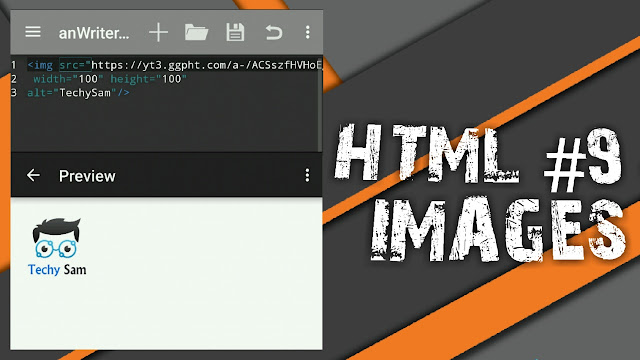CSS display property (CSS Layout)
The display property is the most important CSS property for controlling layout.
The display Property
The display property specifies if/how an element is displayed.
Every HTML element has a default display value depending on what type of element it is. The default display value for most elements is block or inline.
Click to show panel
Block-level Elements
A block-level element always starts on a new line and takes up the full width available (stretches out to the left and right as far as it can).
Examples of block-level elements:
- <div>
- <h1> - <h6>
- <p>
- <form>
- <header>
- <footer>
- <section>
Inline Elements
An inline element does not start on a new line and only takes up as much width as necessary.
This is an inline <span> element inside a paragraph.
Examples of inline elements:
- <span>
- <a>
- <img>
Display: none;
display: none; is commonly used with JavaScript to hide and show elements without deleting and recreating them.
The <script> element uses display: none; as default.
Override The Default Display Value
As mentioned, every element has a default display value. However, you can override this.
Changing an inline element to a block element, or vice versa, can be useful for making the page look a specific way, and still follow the web standards.
A common example is making inline <li> elements for horizontal menus:
Example
display: inline;
}
Note: Setting the display property of an element only changes how the element is displayed, NOT what kind of element it is. So, an inline element with display: block; is not allowed to have other block elements inside it.
The following example displays <span> elements as block elements:
Example
display: block;
}
The following example displays <a> elements as block elements:
Example
display: block;
}
Hide an Element - display:none or visibility:hidden?
display:none

visibility:hidden

Reset

Hiding an element can be done by setting the display property to none. The element will be hidden, and the page will be displayed as if the element is not there:
Example
display: none;
}
visibility:hidden; also hides an element.
However, the element will still take up the same space as before. The element will be hidden, but still affect the layout:
Example
visibility: hidden;
}
CSS Display/Visibility Properties
| Property | Description |
|---|---|
| display | Specifies how an element should be displayed |
| visibility | Specifies whether or not an element should be visible |







Comments
Post a Comment